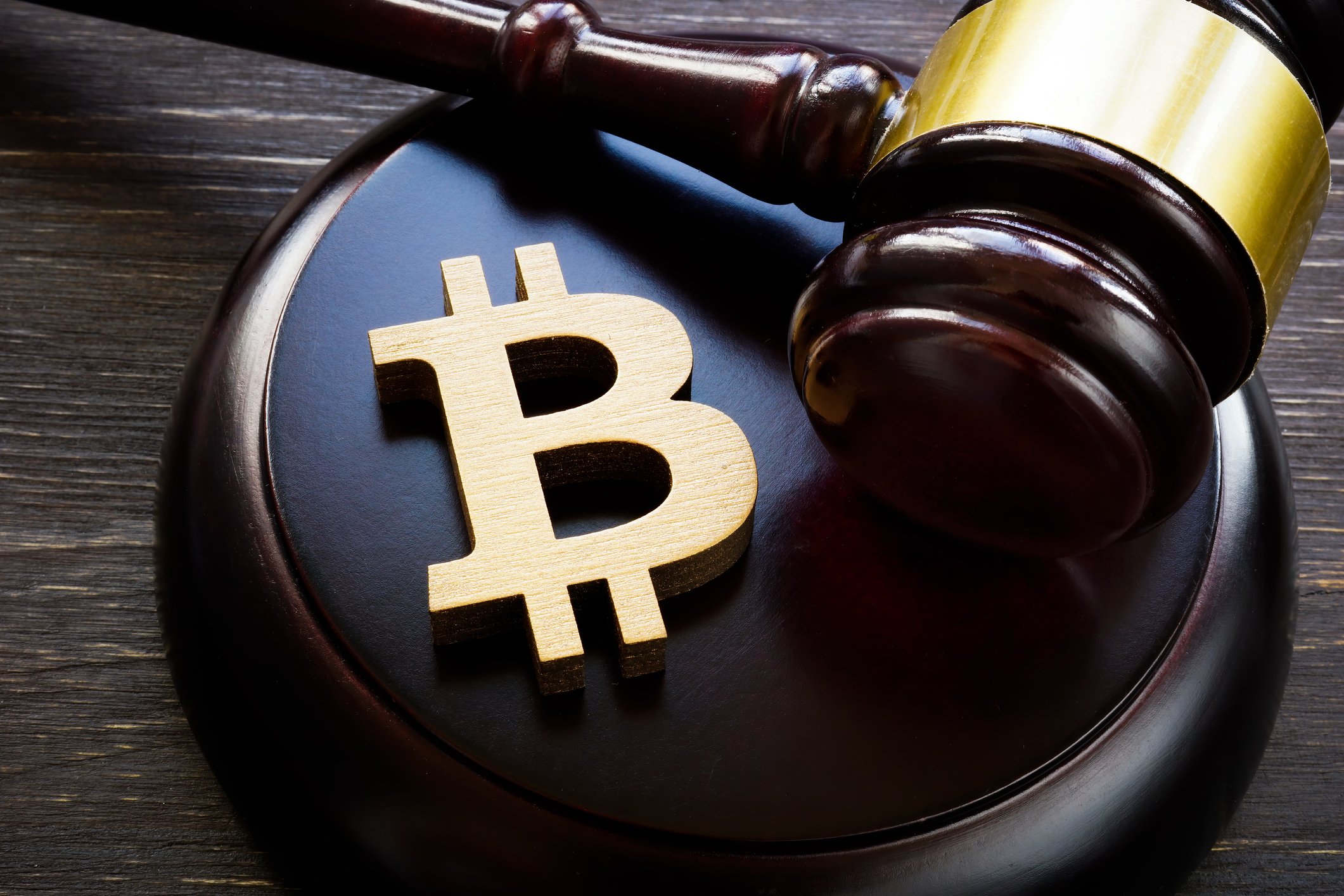The Bitcoin (BTC 1.07%) halving, which takes place once every four years, is highly anticipated by crypto investors, and for good reason. Typically, Bitcoin soars in price in the 12 to 18 months following each halving. Since its April 2024 halving, for example, Bitcoin has already soared past the $100,000 price mark and recently traded near an all-time high of $123,000.
So what will happen after the next Bitcoin halving, tentatively scheduled to take place on March 30, 2028? Will Bitcoin again soar in value? Or, as some have suggested, does the Bitcoin halving no longer matter? Let's take a closer look.
Bitcoin's track record
Just a few months ago, some investors were starting to raise doubts about the importance of the Bitcoin halving. That's because 12 months after its April 2024 halving, Bitcoin was up only 43%.

Image source: Getty Images.
If you're new to crypto, gains of 43% might sound impressive. But for longtime Bitcoin investors, it was tremendously underwhelming. In fact, according to crypto research firm Kaiko, that represents the worst post-halving performance ever for Bitcoin.
In the 12 months following the 2020 halving, Bitcoin soared by 541%. In the 12 months following the 2016 halving, Bitcoin soared by 291%. In the 12 months following the 2012 halving, Bitcoin soared by 7,000%.
So it's easy to see why investors were once again hoping for triple-digit returns from Bitcoin after the 2024 halving. After the three previous halving events, the worst performance was a gain of 291%!
Factors that affect halving performance
There are a number of possible explanations for why the 2024 Bitcoin halving underperformed.
For example, if you're a statistician, you'll claim sample size error, and say that three data points (2012, 2016, 2020) are hardly enough to make the case for a long-term trend.
If you're an economist, you'll claim that macroeconomic forces like inflation, GDP growth, and interest rates matter far more than anything happening with the Bitcoin algorithm.
And if you have a finance background, you'll probably highlight the role of institutional investors, which have taken on an important role in determining the price of Bitcoin. The January 2024 launch of the new spot Bitcoin exchange-traded funds, for example, may have interfered with the Bitcoin halving event that took place just a few months later.
All of those are important points. But the real reason for Bitcoin's subpar performance may be much more mundane: We are nearing a point when all the Bitcoin that will ever exist does. Bitcoin has a hard cap of 21 million coins, and 19.9 million of those coins are already in circulation.
Thus, any change to the rate of supply of new Bitcoin mattered much less in 2024 than it did in 2012, when only 10.5 million coins were circulating. Almost twice as much Bitcoin exists today as in 2012.
I've always thought about the Bitcoin halving from the perspective of diminishing returns. Think about squeezing the juice out of a lemon for a nice glass of lemonade. The first time you squeeze the lemon, you get a lot of juice. By the fourth or fifth squeeze, you may get only a few drops. At some point, that poor lemon just doesn't have any juice left to give.
Don't forget about the Bitcoin cycle
One common misperception about Bitcoin is that its price only goes up. However, if you look at a long-term chart, you'll immediately notice a regular series of peaks and valleys.

CRYPTO: BTC
Key Data Points
And, indeed, Bitcoin does tend to follow a cycle that can only be characterized as "boom and bust." Each year, Bitcoin is either the best-performing asset in the world or it is the worst. Typically what happens is that Bitcoin soars in value for a period of 12 to 18 months after any halving, then crashes.
And when I say "crash," I'm not talking about the unofficial Wall Street definition: a rapid market downturn of 20% or more. I'm talking about Bitcoin losing 70%, 80%, or even 90% of its value before eventually recovering. Buying Bitcoin at $120,000 and then watching it crater all the way down to $25,000 could be tough.
The best Bitcoin strategy before the 2028 halving
So "Should you buy Bitcoin before its next halving?" is a bit of a trick question. You should be buying Bitcoin before March 2028 because it is likely headed higher over the long haul.
But you don't want to buy right before a massive, soul-crushing crash. That's the very opposite of a "buy low, sell high" strategy. You might feel so burned by crypto that you'll never want to buy Bitcoin again.
One potential solution is dollar-cost averaging (DCA) into Bitcoin. Set aside a little money to buy Bitcoin each month, regardless of how it's performing. You'll buy less when it's soaring in value, as it is now, but you'll be buying more when it has fallen flat on its face.
In theory, a DCA strategy will set you up nicely ahead of the next Bitcoin halving in March 2028. You'll be accumulating Bitcoin precisely when it could be ready for another of its epic runs.





